Haiti has a population of 11 million people and shares the Caribbean island of Hispaniola with its neighbor, the Dominican Republic. Coverage of Haiti’s poverty was launched into world news after the 2010 earthquake. The country is still recovering from this natural disaster which has had detrimental effects on every sector of the economy including healthcare. Here are five facts about healthcare in Haiti.
5 Facts About Healthcare in Haiti
- Haiti is the poorest country in the Western Hemisphere ranking 169 /189 countries according to the Human Development Index. The life expectancy for males is 61 years of age compared to 66 years for females. Haiti has one of the world’s most unequal income distributions, and with 6 million Haitians living on less than $2 a day affording healthcare is a challenge. In 2012, only one-third of the population was financially stable enough to access healthcare in Haiti.
- Little government funding causes low public investment in healthcare in Haiti. The World Bank deems the government’s finances should invest in preventing diseases rather than creating more hospital buildings. Unfortunately, the Haitian government has largely decreased its investment in healthcare and in 2017 only 4.4% of Haiti’s budget was spent on public health.
- The Hospital of the State University of Haiti is still not constructed following the devastating 2010 earthquake. This planned 534-bed infirmary was set to become the newest general hospital, but the project has come to a halt as $27 million is still needed for completion. Issues about which type of healthcare system to use, political problems and a poor economy bring about questions when this building will be finished.
- Around 96% of the Haitian population is exposed to natural disasters that hinder advancement in society. For example, the 2010 earthquake destroyed the capital city of Port-au-Prince, where more than 25% of the country lives. This earthquake killed 150,000 people and destroyed 60% of the healthcare system in Haiti. The highest rates of cholera in the Western Hemisphere are in Haiti. The cholera epidemic entered Haiti’s rivers in 2010 which infected 800,000 people and killed 10,000. In 2014 drought caused millions of people to become food insecure which created the problem of malnourishment.
- The current political conflict is putting a strain on access to healthcare in Haiti. In an attempt to force the Haitian President to resign, the country participated in a lockdown known as “Peyi Lock.” Due to the lockdown, patients were unable to travel to hospitals and major shortages of medical supplies such as drugs and oxygen occurred. Inflation caused the price of medicines to increase by 35%. International medical assistance groups have begun to leave the island which will harm those in poverty who cannot afford healthcare.
Political conflict and poverty create difficulties when accessing healthcare in Haiti. Though the current pandemic presents new challenges, the World Bank created a $20 million COVID-19 Response Project for Haiti to help address the most pressing concerns. Aside from emergency health funding, the World Bank is also addressing gaps in other sectors such as WASH and food security which all relate to ensuring resilience in the health of as many Haitians as possible.
– Hannah Nelson
Photo: Unsplash
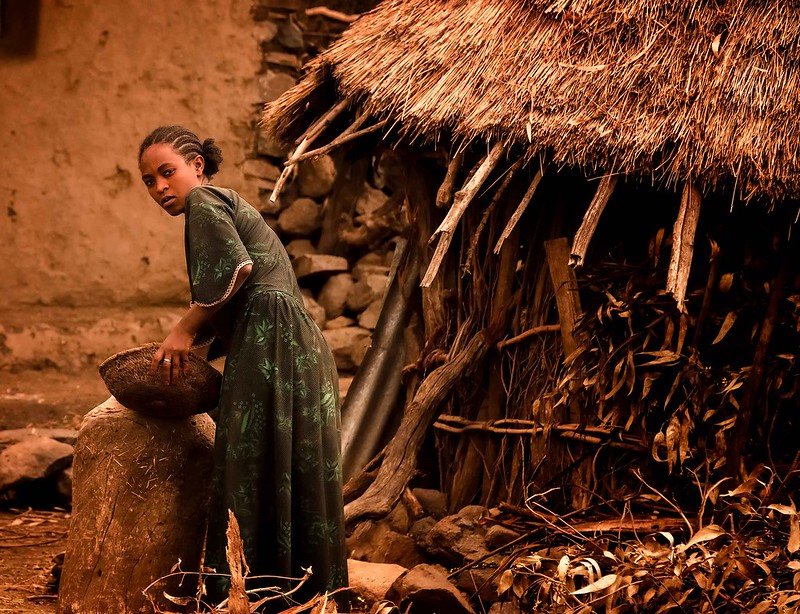
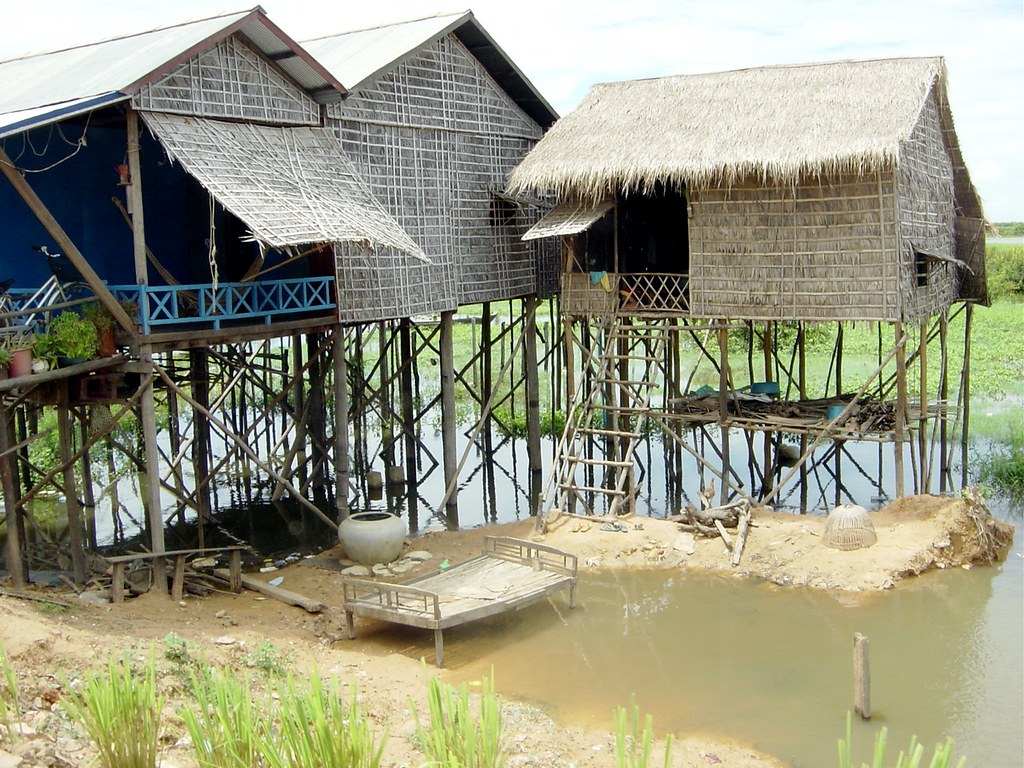 Cambodia is a developing country in Southeast Asia. With a population of more than 16 million, more than one-fourth of the country lives in poverty. Many live just above the poverty line of $1.25 per day and
Cambodia is a developing country in Southeast Asia. With a population of more than 16 million, more than one-fourth of the country lives in poverty. Many live just above the poverty line of $1.25 per day and 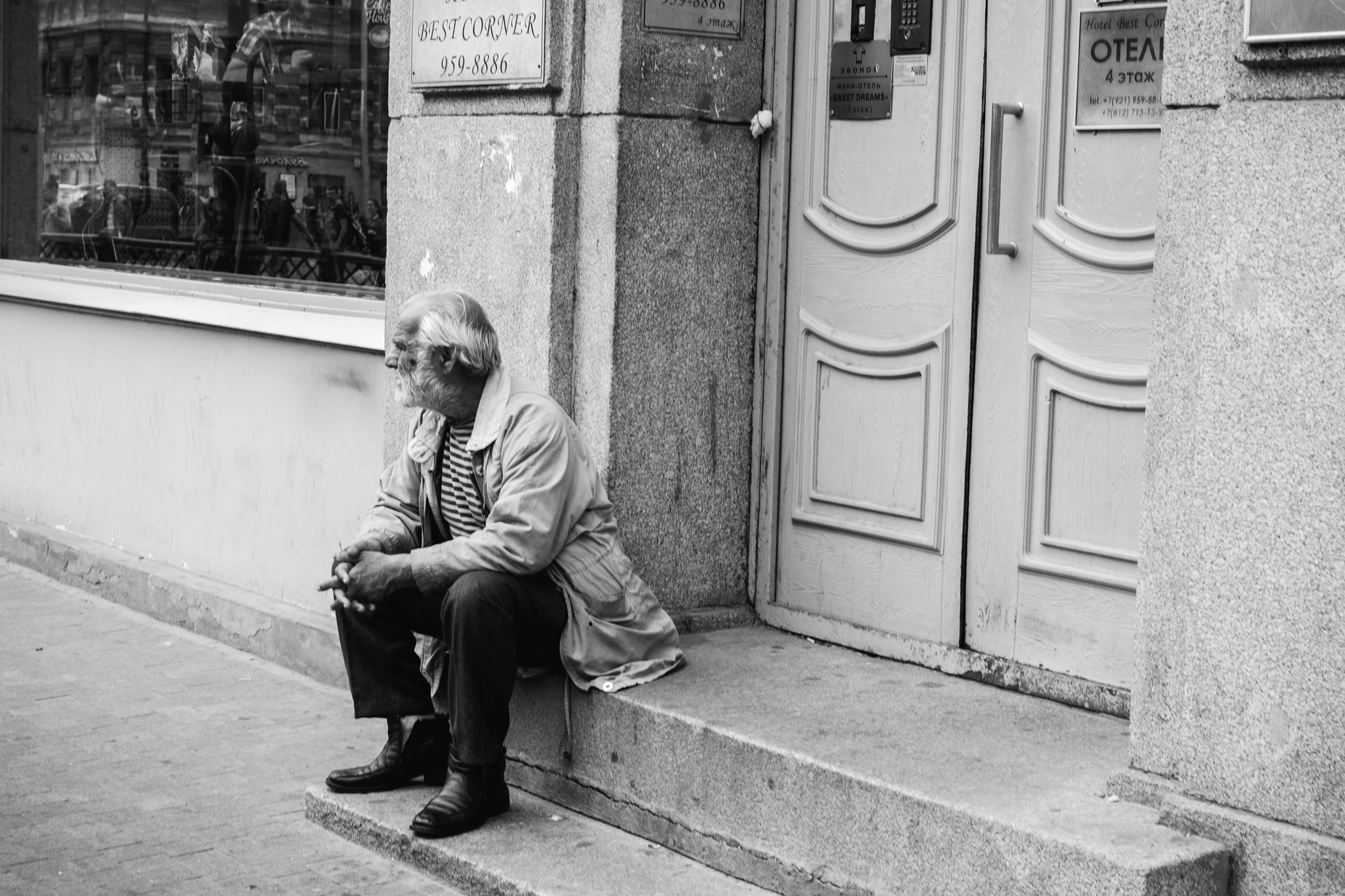 Like many social issues, the homelessness crises around the world has a multitude of underlying factors. To be homeless is not just about having no physical home. Being homeless is about economic, social, familial, poverty, mental health and community factors. Like many countries, homelessness in Russia has been perpetuated for decades by the historical stigma which has prevented transitional change since Russia’s move to a market economy.
Like many social issues, the homelessness crises around the world has a multitude of underlying factors. To be homeless is not just about having no physical home. Being homeless is about economic, social, familial, poverty, mental health and community factors. Like many countries, homelessness in Russia has been perpetuated for decades by the historical stigma which has prevented transitional change since Russia’s move to a market economy.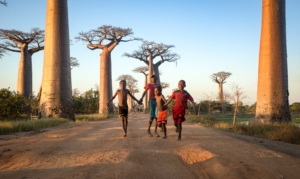 BABSON PARK, FL
BABSON PARK, FL 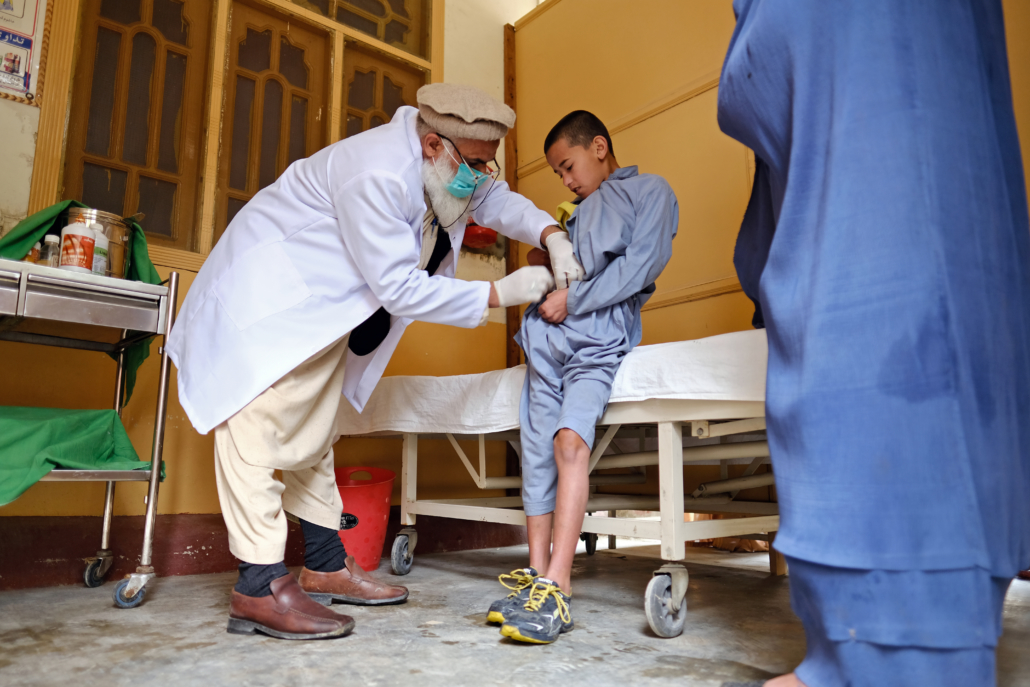
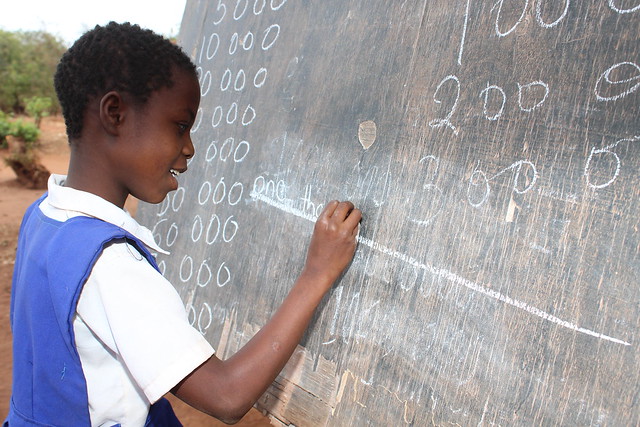

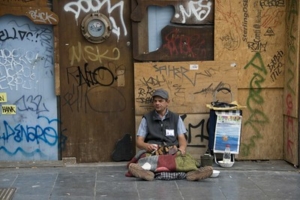
 Playing For Change is an organization that works to connect people through music by bringing together musicians from around the world to promote peace and unity. In 2007 its founders Mark Johnson and Whitney Kroenke created the
Playing For Change is an organization that works to connect people through music by bringing together musicians from around the world to promote peace and unity. In 2007 its founders Mark Johnson and Whitney Kroenke created the 